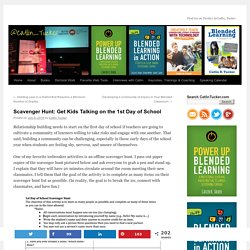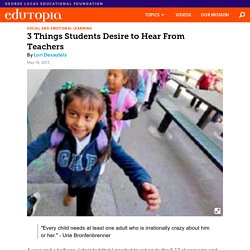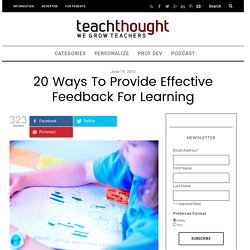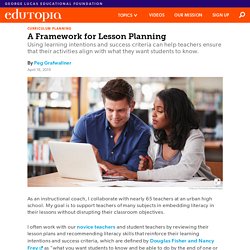

Scavenger Hunt: Get Kids Talking on the 1st Day of School. Relationship building needs to start on the first day of school if teachers are going to cultivate a community of learners willing to take risks and engage with one another.

That said, building a community can be challenging, especially in those early days of the school year when students are feeling shy, nervous, and unsure of themselves. One of my favorite icebreaker activities is an offline scavenger hunt. I pass out paper copies of the scavenger hunt pictured below and ask everyone to grab a pen and stand up. I explain that they will have 20 minutes circulate around the room meeting their new classmates. I tell them that the goal of the activity is to complete as many items on their scavenger hunt list as possible. Over the years, I’ve fine-tuned this activity to make it more effective. Conversations must happen one-on-one. I hope this will be a fun activity that teachers can use at the beginning of the school year to break the ice and get kids having conversations. 3 Things Students Desire to Hear From Teachers. I asked the university for a course release, taking the lectures, research, and strategies into the early adolescent grades.

And three and a half semesters later, I am discovering, sometimes failing, sometimes celebrating, but always walking the walk of my graduate students and sharing these experiences with my pre-service teachers. Two mornings a week, I have entered six fifth grade classrooms in three elementary schools in Washington Township, a large Indianapolis public school district. Currently, I am co-teaching in four different seventh grade classrooms.
I am learning more than I ever could have imagined, but the greatest lesson has been discovering the three key themes or words that keep showing up with the hundreds of students that I have had the privilege to teach and mentor. 5 Research-Based Tips for Providing Students with Meaningful Feedback. In recent years, research has confirmed what most teachers already knew: Providing students with meaningful feedback can greatly enhance their learning and achievement.

Professor James Pennebaker from the University of Texas at Austin has been researching the benefits of frequent testing and the feedback it leads to. He explains that in the history of the study of learning, the role of feedback has always been central: “When people are trying to learn new skills, they must get some information that tells them whether or not they are doing the right thing. Learning in the classroom is no exception. Both the mastery of content and, more importantly, the mastery of how to think require trial-and-error learning.” The downside, of course, is that not all feedback is equally effective, and it can even be counterproductive, especially if it’s presented in a solely negative or corrective way.
So what exactly are the most effective ways to use feedback in educational settings? 1. 2. 3. 20 Ways To Provide Effective Feedback For Learning. 20 Ways To Provide Effective Feedback For Learning by Laura Reynolds While assessment gets all the press, it is feedback for learning that can transform a student’s learning.

When feedback is predominately negative, studies have shown that it can discourage student effort and achievement (Hattie & Timperley, 2007, Dinham). Sometimes we need to stop and take a moment to see things from somebody else’s point of view.. [Squaring the circle by Troika] 7 Strategies to Make Grading Easier. Work-life balance is a struggle for both beginning and veteran teachers, and grading seems to be one of the biggest barriers to overcome in maintaining this balance. These ideas may help you give effective and efficient feedback on student work across the disciplines. 7 Grading Hacks 1. Divide and conquer: A large stack of essays or lab reports waiting for feedback can be daunting; the simple act of dividing them into manageable chunks makes them more approachable.
Decide how many products can be assessed in one sitting at a relatively fast pace without compromising the quality of feedback. Another approach, for more tedious assignments like tests, is to grade one question at a time. 2. Learning Intentions and Success Criteria: A Framework for Lesson Planning. As an instructional coach, I collaborate with nearly 65 teachers at an urban high school.

My goal is to support teachers of many subjects in embedding literacy in their lessons without disrupting their classroom objectives. Tips for Teaching Realistic Optimism. Optimism is more than positive thinking; it’s a way to combat learned helplessness that is created when one approaches a challenge with a defeated mindset. Students manifesting learned helplessness refuse to engage in any effort that could lead to improved outcomes, even if these ways are available, obvious, and easy. Learned helplessness may lead to action paralysis.
In contrast, optimism frames negative events as springboards to favorable outcomes. Realistic optimism should be the educator’s goal. The Benefits of Reading Aloud to Middle School Students. By the time many students reach middle school, they no longer have books read aloud to them at home or at school. But research shows benefits of hearing books read aloud, including improved comprehension, reduced stress, and expanded exposure to different types of materials. #SawYouBeingAmazing: How My Colleague Inspires Me to Grow.